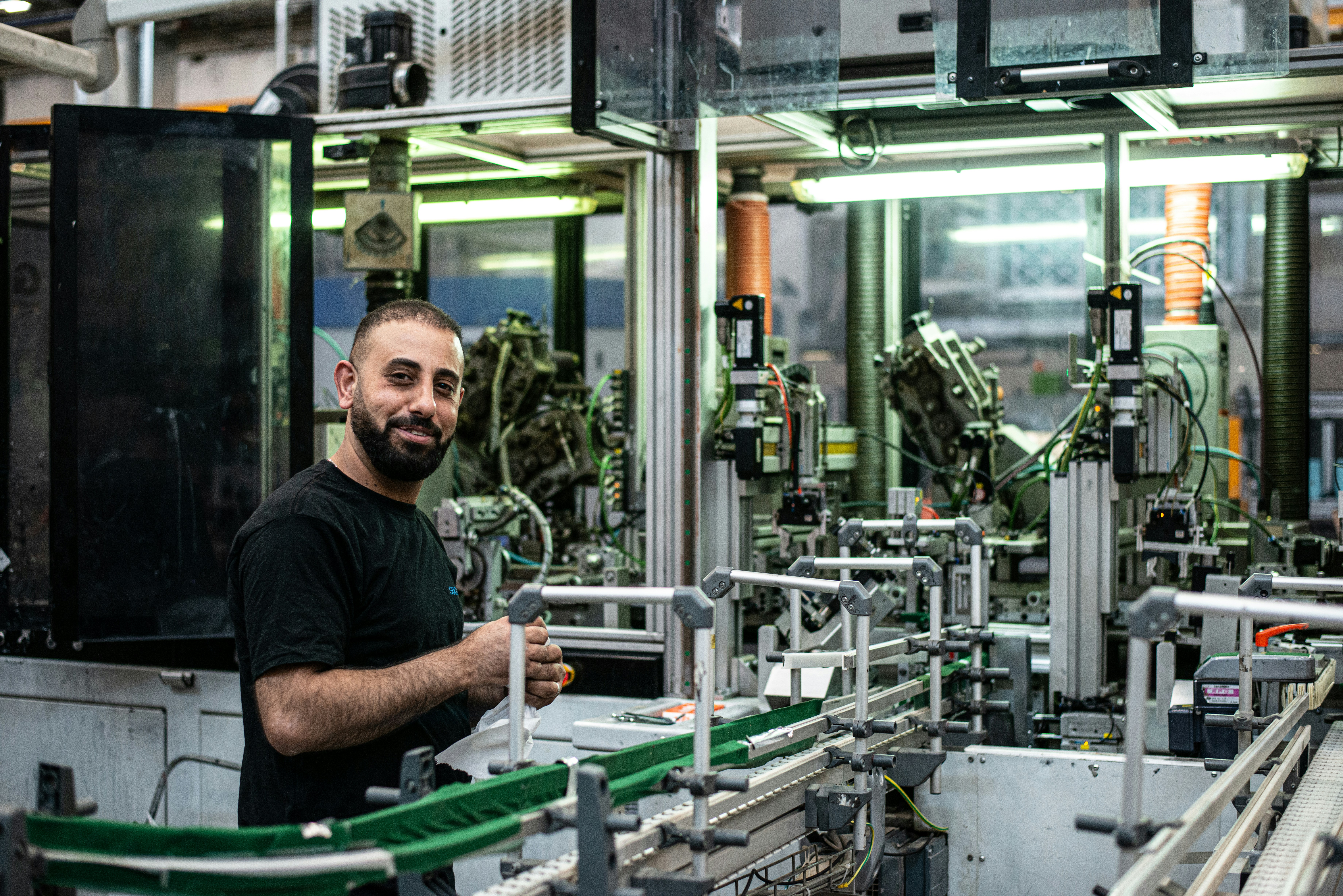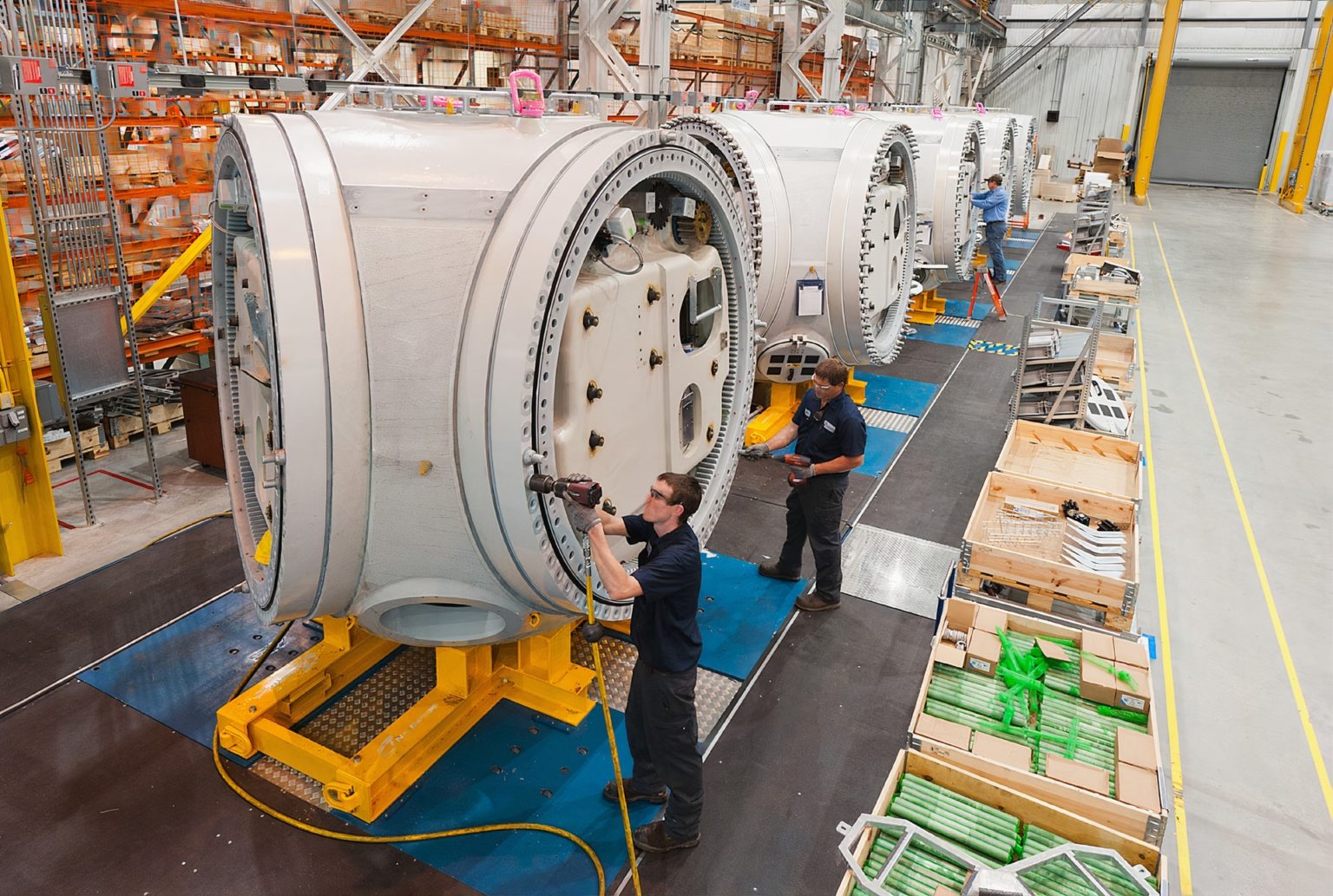To keep up with the changing economic climate, many factories and manufacturing plants usually must go through an upgrade of sorts. This might include getting a new set of commercial steel doors for the entryways of the building or getting new equipment for the factory floor. Whatever the reason, its best to stay up to date with many necessary items in the factory setting.
The History of Factory Upgrades

Factories have undergone upgrades and changes since the creation of such places of industry in the United States. Ever since the first factory was created in the United States by Samuel Slater in 1790, factories have become a fixture of American commerce and business. Slater’s factory was based on various secrets of the textile manufacturing that he brought over from England, which he then used to create a water-powered cotton spinning mill in Pawtucket, Rhode Island.
From that water-powered cotton spinning mill, American factories underwent many changes and upgrades over the following years. The manufacturing system which followed moved forward from such factory machines as the power loom to the technologically advanced steam engine. These even included things like commercial doors for warehouses, new safety standards, and sectional doors with varying thickness. Technological advancements continued to grow with such achievements as the introduction of Eli Whitney’s cotton gin. Much later Henry Ford introduced the moving assembly line for his vehicles which offered a new way of manufacturing a large number of vehicles.
As a manager, Ford realized that he’d have to introduce durable upgrades into his car plant, otherwise he’d fail. Many managers in today’s world must grapple with the same issue, finding a way to stay ahead in a variety of ever-changing industries. Whether its car manufacturing, producing technological components en masse or being a fast-moving distribution center that services companies like Amazon, planning upgrades in a factory is a must for managers. Here are a few ways to plan such upgrades.
Planning Factory Upgrades

One way to plan for such upgrades is to first invest in safety at the factory. Before incorporating any new technology onto the floor of your factory, it’s best to make sure that all safety precautions are being taken. Firstly, the human safety of any plant worker should come first. You need to set safety standards for your human workers that will be in close proximity to machinery. Meeting safety requirements while facilitating a seamless integration can be complicated. On top of that, you’ll want products that are energy-efficient and fit your budget. These may include steel doors, hollow metal doors, or steel frames for your workspace.
If possible, try to integrate new technology into older machinery. This helps to save on costs but also allows you a chance to get the most mileage out of an older piece of machinery. Maybe this means trying to find a way to combine the talents of newer collaborative robots with an older conveyor belt which whisks products down the factory assembly line.
Look into how automation upgrades can help the workers on the floor. Sure, such technological advancements can help to save time and money. Another aspect of such automation is how it benefits the workers who utilize such machines. As mentioned, safety is enhanced because of such automation, allowing for fewer worker injuries. In addition to this, there is a greater focus on more productive and engaging tasks.
Lastly, upgrading factory technology, this provides an opportunity for greater data collection. Newer machines can log such data in the hopes of being used to improve a factory’s production efficiency and quality.
In addition to this, with additional data collected, managers will have to ability to set up and regulate equipment more accurately. With improvements such as this, you’ll be able to produce faster and at a higher quality than ever before.

